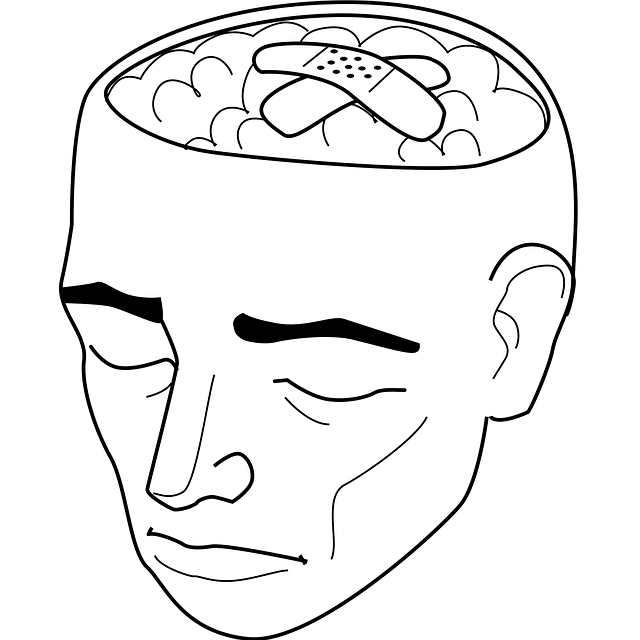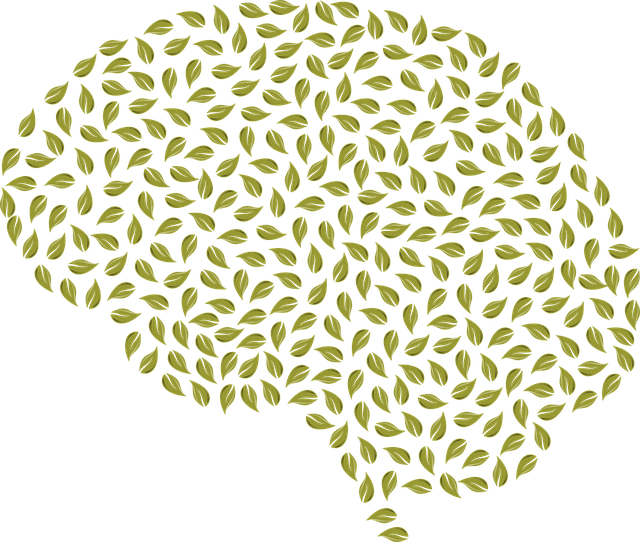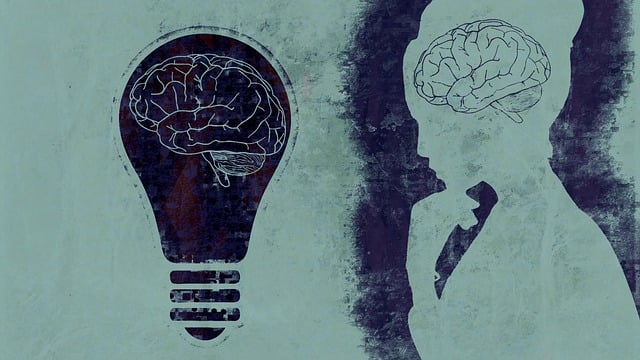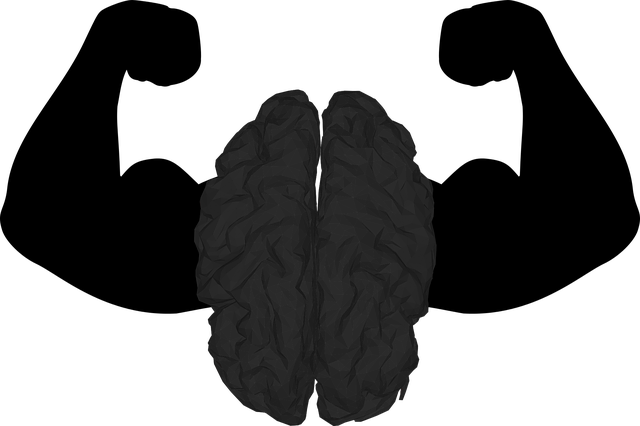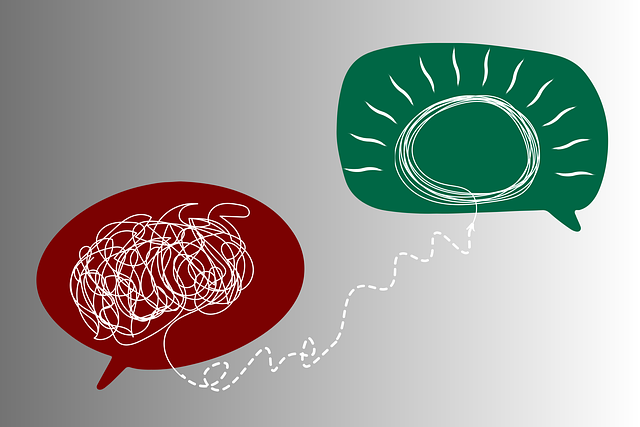Media portrayal of mental illness significantly impacts children's understanding and access to support, especially for bilingual youth. To counteract negative effects and reduce stigma, media content should incorporate evidence-based strategies like compassion cultivation and self-care routines, alongside authentic portrayals of diverse characters. Accessing therapy tailored to bilingual children is crucial, ensuring culturally sensitive care and promoting inner strength development through effective risk management planning, collaboration with cultural experts, and integration of mindfulness techniques in storytelling.
Mental illness representation in media significantly impacts children’s perceptions of mental health. This article delves into the challenges and offers solutions, focusing on the under-explored area of bilingual children’s depictions. We examine current portrayals in popular media and identify gaps, particularly in understanding the unique experiences of bilingual youth. By exploring effective strategies, such as implementing therapy for children with a bilingual approach, we aim to enhance accurate and compassionate mental illness representation, ultimately reducing stigma and fostering healthier mindsets in young audiences.
- Understanding the Impact of Media Portrayal on Mental Health Perception for Children
- The Current State: Examining Bilingual Children's Mental Illness Depictions in Popular Media
- Strategies to Enhance Accurate and Compassionate Mental Illness Representation
- Implementing Therapy for Children: A Bilingual Approach to Navigating Mental Health Stigma
Understanding the Impact of Media Portrayal on Mental Health Perception for Children

Children are particularly susceptible to the influence of media portrayals of mental illness. The way mental health conditions are depicted in movies, TV shows, and online content can significantly shape young viewers’ understanding and perceptions. Positive representations through compelling narratives and diverse characters can foster empathy, reduce stigma, and encourage help-seeking behaviors. Conversely, negative or stereotypical portrayals may perpetuate fear, confusion, or embarrassment, hindering children from openly discussing their own experiences.
Accessible therapy for children in bilingual settings is a critical challenge that must be addressed alongside media representation efforts. Compassion cultivation practices and self-care routine development for better mental health can be incorporated into both therapeutic approaches and media content creation. By promoting inner strength development through these means, we can ensure that media messages align with evidence-based strategies, creating a supportive environment for children’s emotional well-being.
The Current State: Examining Bilingual Children's Mental Illness Depictions in Popular Media

In today’s digital era, media plays a pivotal role in shaping public perceptions about mental illness, especially among vulnerable populations like bilingual children. The current state of representation in popular media often falls short, presenting skewed or limited views that can impact how these young individuals and their families seek help. Many portrayals are either stereotyped or entirely absent, perpetuating misconceptions and potentially hindering access to much-needed therapy for children who speak multiple languages.
Bilingual children’s mental health issues, already complex due to cultural barriers and language differences, require tailored approaches such as bilingual therapy sessions. However, media often fails to reflect this reality, leading to a lack of awareness about the specific challenges these children face. To challenge these narratives, it is imperative to highlight successful examples of mindfulness meditation and burnout prevention strategies for healthcare providers specializing in mental health care for bilingual children. Effective risk management planning can also ensure that professionals are equipped to provide culturally sensitive and compassionate care.
Strategies to Enhance Accurate and Compassionate Mental Illness Representation

To enhance accurate and compassionate mental illness representation in media, several strategies can be employed. Firstly, promoting therapy for children with bilingual backgrounds is essential to ensure diverse narratives are included. This involves collaborating with cultural experts and mental health professionals to create characters that reflect the experiences of these individuals accurately. By incorporating specialists in translation and cross-cultural communication, creators can avoid stereotypes and provide a more nuanced portrayal of mental health struggles.
Additionally, integrating mindfulness meditation techniques into storytelling can help normalize discussions around mental wellness. Depicting characters who practice mindfulness as a coping mechanism sends a positive message that support is accessible. Moreover, addressing depression prevention through proactive measures in media plots can raise awareness and offer viewers hope. These strategies, coupled with risk management planning for mental health professionals involved in content creation, ensure that media representations are not only accurate but also contribute to a more empathetic society.
Implementing Therapy for Children: A Bilingual Approach to Navigating Mental Health Stigma

In addressing the mental illness representation challenge in media, a crucial strategy involves implementing therapy for children with a bilingual approach. This method is particularly effective in navigating and reducing the stigma associated with mental health issues, especially within diverse communities. By offering therapy in both languages, professionals can create a safe and inclusive environment for children to express their feelings and concerns without fear of judgment or misunderstanding. This dual-language strategy not only enhances accessibility but also empowers children to develop essential social skills and communication techniques that foster healthy relationships and promote mental well-being.
Furthermore, integrating cultural sensitivity into therapy sessions enables children to connect with therapists who understand their unique backgrounds. This personalized approach encourages open dialogue about mental health, helping to break down barriers and misconceptions perpetuated by stigma. Through social skills training and communication strategies tailored to individual needs, children can learn coping mechanisms that resonate with their cultural identities, ultimately contributing to comprehensive mental illness stigma reduction efforts.
Mental illness representation in media plays a pivotal role in shaping public perception, especially among children. By implementing strategies that promote accurate and compassionate portrayals, we can foster a more understanding society. A significant step forward is adopting a bilingual therapy approach to mental health support, addressing the unique needs of bilingual children while navigating cultural stigmas. This holistic strategy ensures that young individuals receive the care they deserve, promoting overall well-being and challenging negative stereotypes in media representation.
